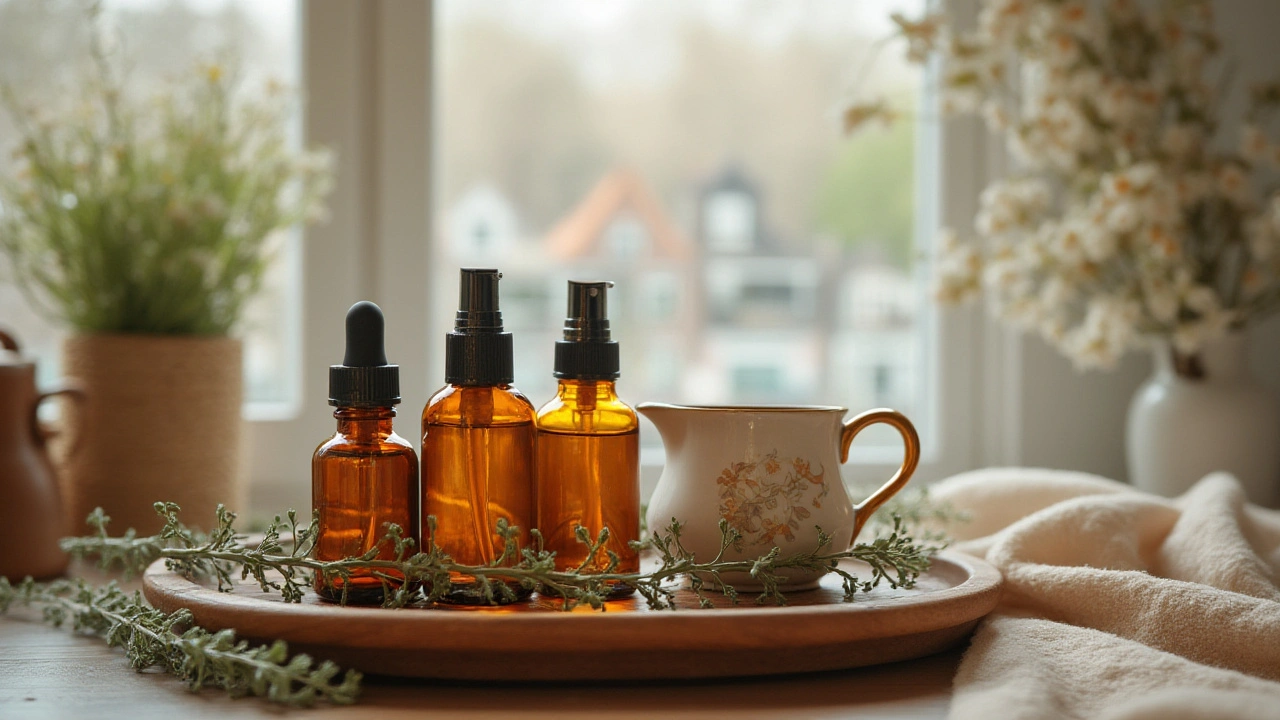Essential Oils for a Better Massage Experience
If you’ve ever walked out of a spa feeling calm and refreshed, chances are the therapist used essential oils. Those fragrant liquids aren’t just for smelling good – they can actually make a massage work harder for your body. Below we’ll cover why oils matter, which ones are worth trying, and how to use them safely.
Why add essential oils to your massage?
First off, essential oils slip into the skin and help relax muscles. A few drops of lavender, for example, can calm nerves while the therapist kneads out tension. Peppermint adds a cool tingling feeling that eases sore joints. When the scent reaches your nose, it also signals your brain to unwind, so you get a double dose of relaxation – both on the surface and in your mind.
Choosing the right oil for your needs
Not every oil works the same way. Here are the most popular picks and what they do:
Lavender – gentle, floral, perfect for stress relief and better sleep.
Eucalyptus – fresh, slightly minty, opens up breathing and helps with minor aches.
Sweet orange – bright citrus, lifts mood and adds a subtle energy boost.
Chamomile – soothing, great for sensitive skin and calming inflammation.
Mixing oils can give you a custom blend, but keep the total drops low – 3‑5 drops per tablespoon of carrier oil is a safe rule.
How to apply essential oils during a massage
Always dilute essential oils in a carrier oil like sweet almond, jojoba, or grapeseed. Straight essential oil can irritate skin, especially on sensitive areas. To make a simple blend, add 4 drops of your favorite essential oil to 1 tbsp of carrier oil, shake well, and let the therapist spread it over the area they’ll work on.
If you’re doing a self‑massage at home, warm the oil in your palms before rubbing it in. Warm oil helps the scent rise and makes it easier for your muscles to absorb the benefits.
Safety tips you shouldn’t skip
Even natural oils can cause reactions. Do a quick patch test: put a tiny dab of the diluted mix on the inside of your wrist and wait 10 minutes. If it looks red or feels itchy, skip that oil. Pregnant people should avoid strong oils like clary sage or rosemary unless a professional says it’s fine.
Store oils in dark glass bottles, away from heat and sunlight. That keeps the fragrance intact and prevents the oil from going bad.
Bringing essential oils into your regular routine
You don’t need a spa appointment every week. Keep a small bottle of your favorite blend at home and use it after a workout, before bed, or whenever stress spikes. A quick massage with the oil can turn a hectic day into a calmer one.
In short, essential oils are a simple upgrade to any massage. They add aroma, help muscles relax, and give your mind a break. Pick a scent that matches your mood, dilute it properly, and enjoy the extra boost of wellbeing. Your next massage will feel richer, and you’ll likely notice the difference right away.
Top Essential Oils for a Rejuvenating Foot Massage Experience
Explore the best essential oils for a truly invigorating foot massage. Learn about their unique benefits, how to use them, and get expert tips for the ultimate relaxation.
